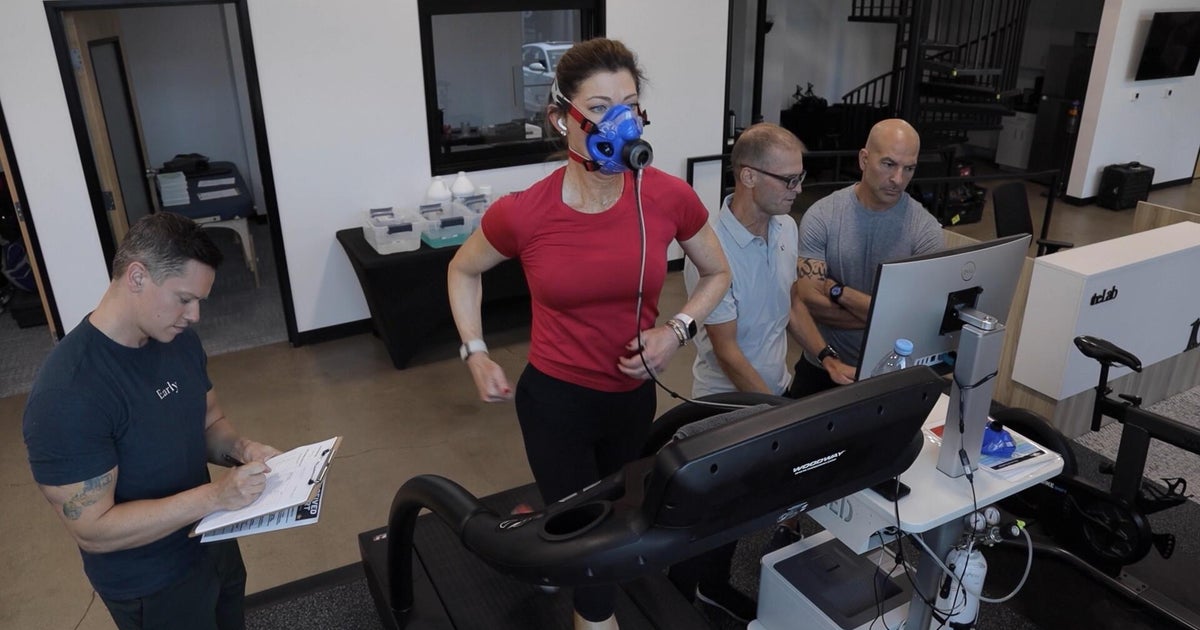Civil Air Patrol
For more than 50 years, the Civil Air Patrol has aggressively performed the missions Congress mandated in 1946: Aerospace Education, Cadet Programs, and Emergency Services. Aerospace Education America's love of manned flight started with the Wright brothers and continues unabated during this century. World War II showcased the important role aviation would play in the future and national leaders recognized the importance of stimulating public interest in aerospace activities. CAP, as the civilian Auxiliary of the U.S. Air Force, was most suited to perform this mission. Their efforts focused on two different audiences - internal CAP members and the general public. Aerospace educators working out of CAP's National Headquarters at Maxwell AFB, Ala., provide materials that are current and reflect the highest standards of educational excellence. The congressional charter also tasked CAP to stimulate public interest in aerospace issues. These external programs are primarily conducted through our nation's education systems. These workshops highlight basic aerospace knowledge and focus on advances in aerospace technology. Textbooks, learning tools, and visual aids geared to stimulate interest in aerospace matters also are provided for teachers to use in their classrooms. Started in 1951, these workshops have reached hundreds of thousands of young people. CAP also plans and executes the National Congress on Aviation and Space Education. NCASE is the premier aerospace education conference held in the nation. The NCASE is designed to promote an understanding of aviation and space education to motivate and encourage teachers to incorporate aerospace education into their curriculum. It also encourages aerospace leaders to speak out on aerospace issues facing our nation today.
Civil Air Patrol
The Civil Air Patrol (CAP) is a congressionally chartered, federally supported non-profit corporation that serves as the official civilian auxiliary of the United States Air Force. Founded on December 1, 1941, its primary mission was to mobilize the nation's civilian aviation resources for national defense. Over the years, CAP has evolved into a premier public service organization, contributing significantly to communities across the United States.
Missions
Civil Air Patrol is mandated by Congress to perform five primary missions:
- Aviation Development and Air Supremacy: Encourage citizens to contribute to aviation development and maintain air supremacy through voluntary efforts.
- Aviation Education and Training: Provide comprehensive aviation education and training, especially for senior and cadet members.
- Civil Aviation Promotion: Foster and promote civil aviation within local communities.
- Emergency Services and Assistance: Assist in local and national emergencies with private facilities.
- Support to the Department of the Air Force: Assist the Air Force in its non-combat programs and missions.
These mandates are condensed into three core program areas:
- Aerospace Education: Offers educational resources and programs to promote aerospace awareness.
- Cadet Programs: Focuses on character and leadership development among young people.
- Emergency Services: Includes search and rescue operations, disaster relief, and other emergency responses.
Organizational Structure
Civil Air Patrol operates in all 50 states, Puerto Rico, the U.S. Virgin Islands, and the District of Columbia, comprising over 1,400 communities. It is structured into eight geographic regions, each consisting of wings that correspond to the 50 states, Puerto Rico, and the District of Columbia.
Core Values
The organization is built on four core values:
- Integrity
- Volunteer Service
- Excellence
- Respect
These values guide CAP's decision-making and operations, ensuring a welcoming environment for diverse membership.
Recent Contributions
During the COVID-19 pandemic, CAP played a significant role in supporting relief efforts, including delivering vaccines and personal protective equipment, and assisting in the construction of temporary facilities. This response was CAP's largest mobilization since World War II.
Assets and Capabilities
Civil Air Patrol possesses a fleet of mission-capable aircraft, a national small Unmanned Aircraft Systems fleet, specialized communications networks, and advanced imaging capabilities. It also utilizes proprietary software for forensic analysis and geospatial technologies, enhancing its mission capabilities.
As a strategic partner of the U.S. Air Force within the Total Force, CAP continues to serve as a cost-effective force multiplier for assigned missions.
Edit WikiICO
650454542
Web
Sign in to see organisation website
Traffic
147962
From Social media
News about from their social media (Facebook and X).
Data about organisation
Join us and make a difference for the future!
Sign Up
Please fill in your information. Everything is free, we might contact you with updates (but cancel any time!)
Sign in with Google







